Call +(254) 703 030 000 / 751 483 999 / 721 704 777
- Home
- Cleaning And Janitorial
- Cleaning Supplies
- Mops Floor Finish Applicators
- Floor Mops Buckets Wringers
.....Read More
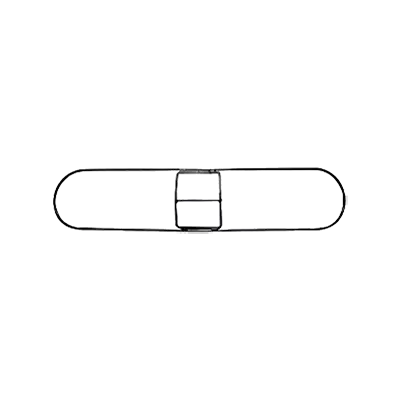
Dust Mop Frames
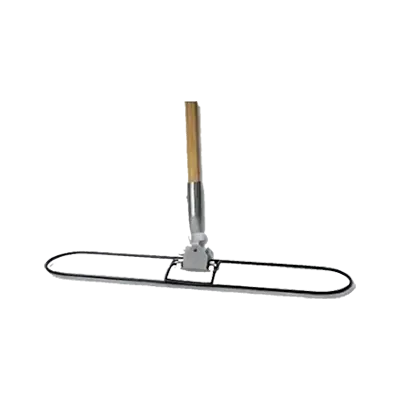
Dust Mop Handles
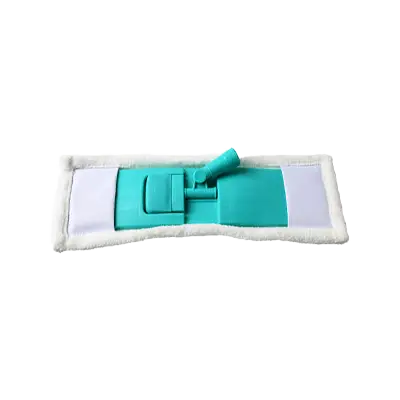
Dust Mop Heads
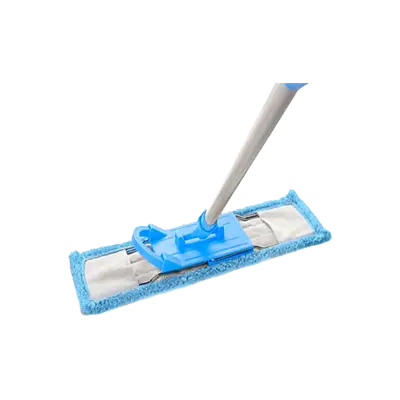
Dust Mops
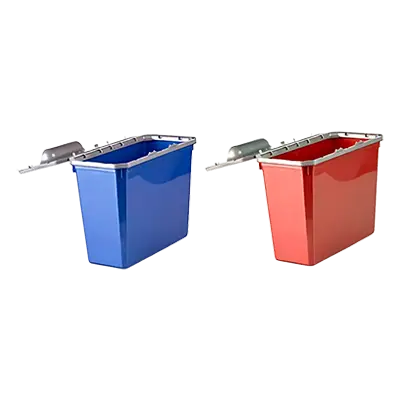
Microfiber Charging Buckets
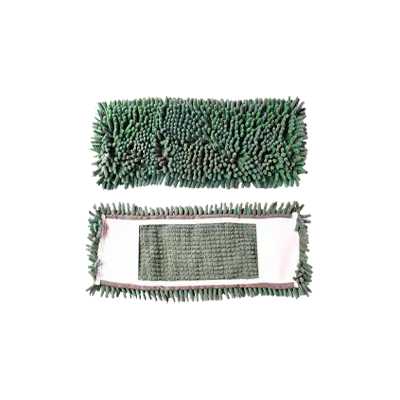
Microfiber Flat Mop Pads
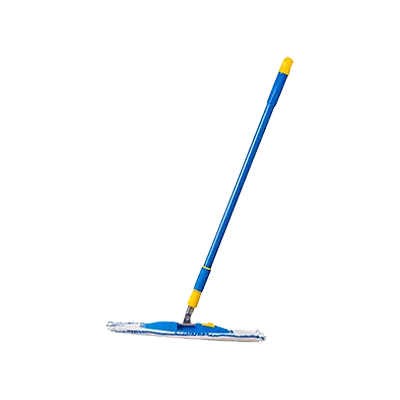
Microfiber Flat Mops, Frames & Handles

Mop Buckets
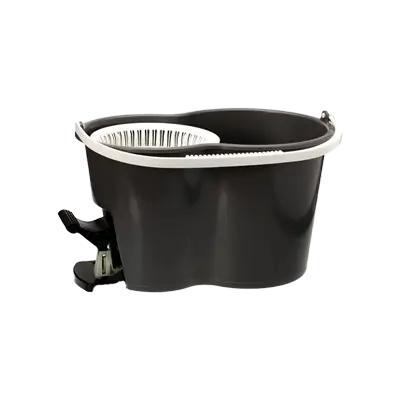
Mop Bucket & Wringer Combinations
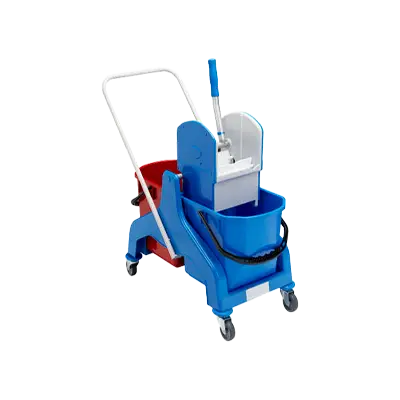
Mop Wringers
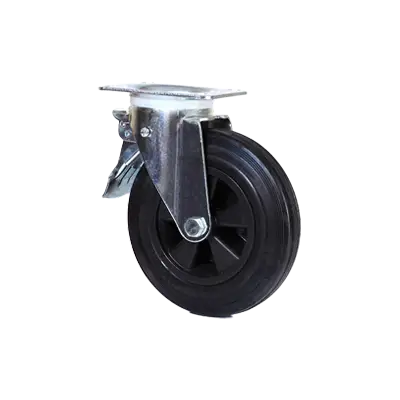
Replacement Parts for Mop Buckets
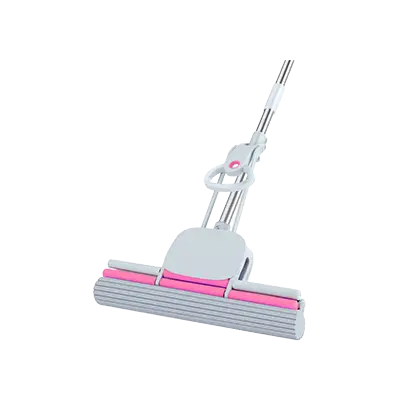
Sponge Mops & Heads

Spray Mops & Pads

String Mop Handles
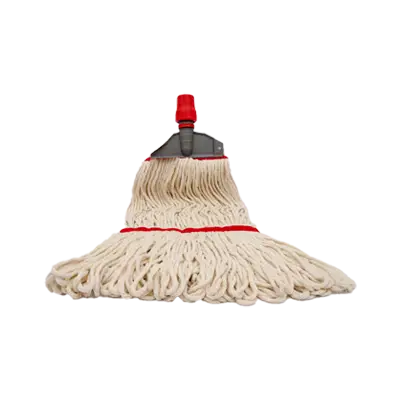
String Mop Heads

String Mops
Frequently Asked Questions
What is the best type of mop for hardwood floors?
The best type of mop for hardwood floors is a microfiber mop. Microfiber mops are highly effective for several reasons:
1. **Gentle on Surfaces**: Microfiber is soft and non-abrasive, ensuring that it cleans without scratching or damaging the delicate finish of hardwood floors.
2. **Efficient Cleaning**: The fine fibers of microfiber mops can trap dirt, dust, and allergens effectively, providing a thorough clean without the need for excessive water or harsh chemicals.
3. **Minimal Water Usage**: Hardwood floors are sensitive to moisture, which can cause warping or damage. Microfiber mops require less water than traditional mops, reducing the risk of water damage.
4. **Versatility**: Many microfiber mops come with interchangeable pads that can be used for both dry dusting and wet mopping, making them versatile for different cleaning needs.
5. **Durability and Reusability**: Microfiber mop pads are typically machine washable and can be reused multiple times, making them a cost-effective and environmentally friendly option.
6. **Ease of Use**: These mops are lightweight and easy to maneuver, allowing for quick and efficient cleaning, even in hard-to-reach areas.
7. **Compatibility with Cleaning Solutions**: Microfiber mops can be used with a variety of gentle, hardwood-safe cleaning solutions, enhancing their cleaning power without compromising the floor's finish.
Overall, a microfiber mop provides a balance of effective cleaning, floor protection, and convenience, making it the ideal choice for maintaining the beauty and longevity of hardwood floors.
How do you properly clean and maintain a mop?
1. **Rinse After Use**: Immediately after mopping, rinse the mop head thoroughly with hot water to remove loose dirt and debris.
2. **Wash with Soap**: Fill a bucket with hot water and add a mild detergent or a disinfectant. Submerge the mop head and agitate it to loosen any remaining dirt.
3. **Soak**: Allow the mop head to soak for 10-15 minutes to ensure deep cleaning.
4. **Rinse Again**: Rinse the mop head under hot running water until all soap and dirt are removed.
5. **Sanitize**: For extra sanitation, soak the mop head in a solution of one part bleach to ten parts water for 5-10 minutes. Rinse thoroughly afterward.
6. **Dry Properly**: Wring out excess water and hang the mop in a well-ventilated area to air dry completely. Avoid leaving it in a bucket or on the floor to prevent mold and mildew.
7. **Machine Wash**: If the mop head is machine washable, place it in a mesh laundry bag and wash it on a gentle cycle with hot water. Avoid using fabric softeners.
8. **Replace Regularly**: Depending on usage, replace the mop head every 2-3 months or when it shows signs of wear and tear.
9. **Maintain the Handle**: Wipe down the mop handle with a disinfectant wipe or a cloth soaked in a cleaning solution to remove any germs or dirt.
10. **Storage**: Store the mop in a dry, upright position to prevent the growth of bacteria and ensure it is ready for the next use.
What is the difference between a wet mop and a dust mop?
A wet mop and a dust mop serve different cleaning purposes and are designed accordingly.
A wet mop is used for cleaning floors with water or cleaning solutions. It typically consists of absorbent materials like cotton, microfiber, or sponge that can hold water and cleaning agents. Wet mops are effective for removing dirt, stains, and spills from hard surfaces such as tile, linoleum, or hardwood. They often come with a bucket and wringer to rinse and wring out excess water, ensuring the mop head is damp but not overly wet, which helps prevent damage to floors.
In contrast, a dust mop is designed for dry cleaning and is used to pick up dust, dirt, and debris from floors without the use of water. It usually features a flat head with a wide surface area covered in materials like microfiber, wool, or synthetic fibers that attract and hold dust particles. Dust mops are ideal for routine cleaning of hard surfaces, as they can effectively capture fine particles and prevent them from becoming airborne. They are often used in conjunction with a dustpan for easy disposal of collected debris.
In summary, the primary difference lies in their function: wet mops are for wet cleaning to remove stains and spills, while dust mops are for dry cleaning to collect dust and debris. Their construction and materials reflect these purposes, with wet mops focusing on absorbency and dust mops on dust attraction.
How do you choose the right mop bucket and wringer?
To choose the right mop bucket and wringer, consider the following factors:
1. **Capacity**: Determine the size based on the area you need to clean. Larger areas require bigger buckets, typically 35-44 quarts, while smaller spaces can use 26-35 quarts.
2. **Material**: Choose durable materials like heavy-duty plastic or stainless steel. Plastic is lightweight and resistant to chemicals, while stainless steel is more durable and rust-resistant.
3. **Wringer Type**:
- **Side-Press**: Suitable for heavy-duty mopping, providing more leverage and efficiency.
- **Down-Press**: Offers more control and is ideal for frequent use, reducing user fatigue.
- **Reverse-Press**: Less common but effective for specific mop types.
4. **Mobility**: Look for buckets with sturdy, smooth-rolling casters for easy maneuverability. Swivel casters offer better control in tight spaces.
5. **Ergonomics**: Consider features like a comfortable handle, easy-to-use wringer, and a design that minimizes bending and lifting.
6. **Splash Guard**: A bucket with a splash guard reduces spills and enhances safety.
7. **Color-Coding**: For hygiene and cross-contamination prevention, use color-coded buckets for different areas (e.g., red for restrooms, blue for general areas).
8. **Budget**: Balance cost with quality. Investing in a durable, efficient system can save money in the long run.
9. **Brand and Reviews**: Opt for reputable brands with positive reviews to ensure reliability and customer satisfaction.
10. **Additional Features**: Consider features like a built-in drain plug for easy emptying or a foot pedal for hands-free wringing.
By evaluating these factors, you can select a mop bucket and wringer that best suits your cleaning needs and environment.
How often should mop heads be replaced?
Mop heads should generally be replaced every 2 to 3 months, depending on usage and the type of mop. For high-traffic areas or commercial settings, replacement might be necessary every month. If the mop is used less frequently, such as in a residential setting, it might last up to 3 months. However, several factors can influence this timeline:
1. **Material**: Cotton mop heads tend to wear out faster and may need more frequent replacement compared to synthetic or microfiber mop heads, which are more durable.
2. **Usage Frequency**: The more often a mop is used, the quicker it will wear out. Daily use in a busy environment will necessitate more frequent replacement than occasional use.
3. **Cleaning Conditions**: Mops used in environments with heavy dirt, grease, or chemicals may degrade faster and require more frequent replacement.
4. **Maintenance**: Proper care, such as rinsing thoroughly after use, washing according to manufacturer instructions, and allowing the mop to dry completely, can extend the life of a mop head.
5. **Signs of Wear**: Replace the mop head if it shows signs of fraying, thinning, or if it retains an odor even after cleaning. A mop that no longer effectively cleans or leaves streaks should also be replaced.
6. **Hygiene Standards**: In settings where hygiene is critical, such as healthcare facilities, mop heads may need to be replaced more frequently to prevent the spread of bacteria and maintain cleanliness standards.
Regular inspection and maintenance can help determine the appropriate replacement schedule for mop heads in any specific context.
What are the benefits of using a microfiber mop?
Microfiber mops offer several benefits that make them a popular choice for cleaning. Firstly, they are highly effective at capturing dust, dirt, and bacteria due to their dense fiber structure, which can hold up to seven times their weight in water. This makes them more efficient than traditional mops, reducing the need for harsh chemicals and allowing for a more environmentally friendly cleaning process.
Secondly, microfiber mops are versatile and can be used on various surfaces, including hardwood, tile, and laminate, without causing damage. Their gentle texture ensures that floors are cleaned without scratching or leaving streaks. Additionally, they are lightweight and easy to maneuver, reducing physical strain during cleaning.
Another advantage is their durability. Microfiber mops can withstand numerous washes without losing their effectiveness, making them a cost-effective option in the long run. They are also quick-drying, which helps prevent the growth of mold and mildew, contributing to a healthier indoor environment.
Microfiber mops are also known for their ability to reduce allergens. By trapping dust and allergens effectively, they help improve indoor air quality, which is beneficial for individuals with allergies or asthma.
Finally, microfiber mops are easy to maintain. The mop heads can be easily removed and machine-washed, ensuring they remain clean and hygienic for repeated use. This ease of maintenance, combined with their cleaning efficiency, makes microfiber mops a practical and economical choice for both residential and commercial cleaning needs.
How do you prevent streaks when mopping floors?
To prevent streaks when mopping floors, start by sweeping or vacuuming to remove loose dirt and debris. Use a clean mop and a bucket of warm water mixed with a suitable floor cleaner. Avoid using too much detergent, as excess soap can leave a residue that causes streaks.
Rinse the mop frequently in clean water to prevent dirt from being redistributed. Wring out the mop thoroughly to avoid excess water, which can also lead to streaking. Mop in a figure-eight pattern or follow the grain of the floor to ensure even coverage.
Change the water and cleaning solution as needed, especially if it becomes dirty. For best results, use distilled water if your tap water is hard, as minerals can cause streaks.
After mopping, dry the floor with a clean, dry microfiber cloth or towel to remove any remaining moisture and prevent streaks. Ensure good ventilation by opening windows or using fans to speed up the drying process.
For specific floor types, use appropriate cleaning solutions: pH-neutral cleaners for hardwood, vinegar and water for tile, and specialized products for laminate. Avoid using wax or oil-based cleaners on floors not designed for them, as they can leave a film.
Regular maintenance, such as sweeping and spot cleaning, can reduce the need for heavy mopping and help prevent streaks.